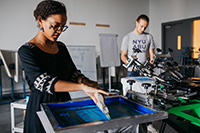Dark Matter: The Mystery Deepens
Talk
WHEN
March 11, 2014
6:30-8 PM
WHERE
Intercontinental Hotel Auditorium, Abu Dhabi
WHO
NYU Abu Dhabi Institute
Open to the Public






